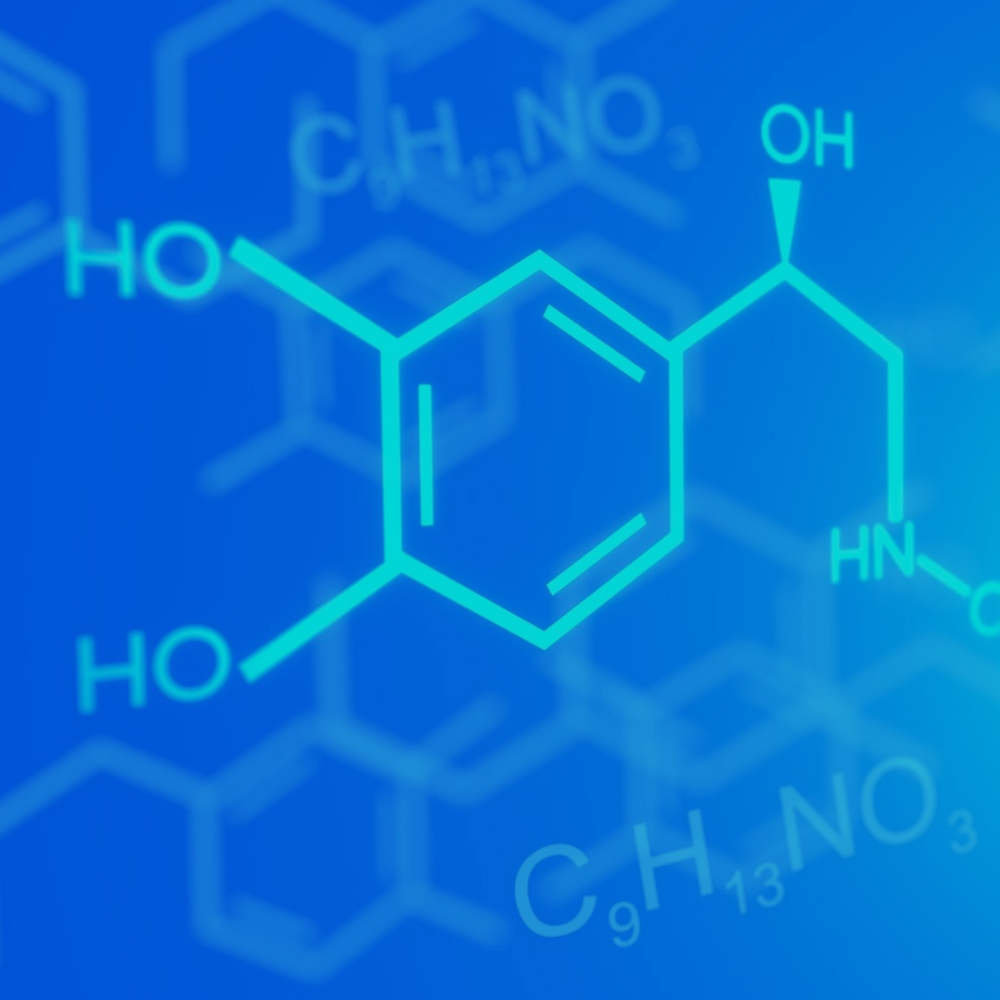

Muhammad Ali Zulfikar
Peat water is one source of surface water which is found in the swampy regions such as Sumatra and East Kalimantan. Most people in the area utilize peat water for household needs, such as washing and drinking water sources. Based on the quality standard parameters, the peat water utilized does not meet the requirements of clean water quality, because peat water contains humus acid consisting of humic acid, fulvat acid and humin and some heavy metals. The existence of humus acid in water causes brown water, smells and is carcinogenic. Therefore the separation and removal of humus acid from peat water before being utilized is very important to do. Today there are several processing techniques used for removal of humus acid from peat water, such as coagulation-flocculation, electro-coagulation, oxidation, adsorption, membrane and biofiltration technology. Most of the peat processing method is not economical because the process requires chemicals and is less efficient. Other methods that are most widely used today are adsorption using activated carbon, because it has a pleasure compared to the previous method. However, this method also has weaknesses, such as expensive production costs, is difficult and inefficient, so it is not used in water treatment on a large scale. Based on the above considerations, a study needs to obtain peat water treatment methods that have better, economical performance and can be developed on a larger scale. One approach made for the process of processing the peat water is with the Molecularly Imprinted Polymers Hollow Fiber Membrane (MIPSHFM) method. The MIPSHFM synthesis was carried out through two stages, first synthesizing Hollow Fiber Membrane (HMF) using the Phase Inversion technique, and the second stage synthesized the functional material Molecularly Imprinted Polymers Hollow Fiber Membrane (MIPSHFM). Hollow Fiber Membrane Synthesis (HMF) is done using the Phase Inversion technique with polyvinyldifluoride polymers (PVDF) as the basic material. MIPSHFM functional material is synthesized by functioning Hollow Fiber Membrane (HMF) PVDF using Methyl Acrylic Acid (MAA) as a Monomer and Ethylene Glycol Dimethacrylate (EGDMA) as a cross binder that is inclosed by humus acid compounds as an imprinted template through microwave assisted by organic synthesis (Maos) on the HMF surface, and at the end of the target molecular reaction is dilaced so that it leaves the mold (template). The produced mold serves as a medium of binding from the target molecule found in peat water. The MIPSHMF material obtained is further characterized which includes: Water Permelability Test, Scanning Electron Microscopy (SEM), Fourier Transform Infra Red (FTIR), N2 Adsorption-Desorption and Differential Scanning Calorimetry (DSC). The MIPSHFM functional material obtained is then used for peat water treatment. Effect of PH, contact time, material dosage and temperature will be studied to obtain adsorption capacity (QM), and the percentage of removal (% R). The mechanism of the adsorption process of humus acid from peat water by functional material (MIPSHFM) is modeled using the Molecular Dynamics (MD) method. At the end of this study there will be a new functional material in the form of the Molecularly Imprinted Polymers Hollow Fiber Membrane (MIPSHFM) as a solid phase material that has selectivity (shape selectivity) with the optimum conditions that are ready to be applied to processing peat water. The target of this research will be developed a more efficient and more economical peat water treatment technique of the existing method. The research that will be carried out is very important to do, given that there is no technique that is truly efficient and more economical in the process of processing peat water. The impact of this study can provide resolving in an effort to subtract a variety of limitations as mentioned above, especially from aspects of efficiency and from the economic aspects, so that it can reduce the cost of the peat water treatment process.